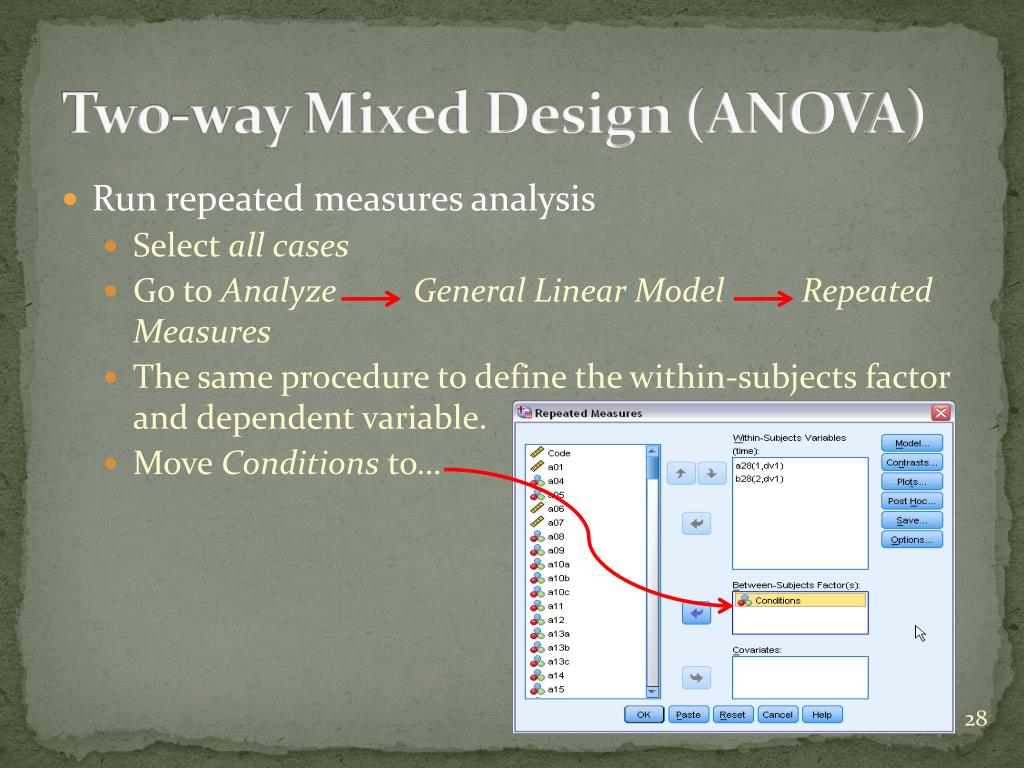


Algorithms of the advanced machine learning and graph-based analysis applied for the marine geological data set demonstrated in this research enabled to gain insights into the seafloor geomorphology that can only be accessible by remote sensing methods and modeling. Variations in the landform are caused by a combination of various factors that include geology, tectonic slab dynamics, and increasing depths in bathymetry.

The results revealed that variations in the slope steepness correlate with the sediment thickness across the Philippine Trench. The methodology consists in modeling data by statistical libraries of Python and R programming languages. The research is aimed at the analysis of the trench geomorphology by a correlation between changes in slope steepness and environmental variables. The study area is focused on the Philippine Trench, a hadal trench located in the axe of the collision of the Philippine Sea Plate and Sunda Plate, west Pacific Ocean. Technically, the results proved effectiveness of the SPSS application of the geological data modelling.

The forecasting models were computed for the geospatial variables showing gradual increase in the gradient angles southwards and increased values for the sediment thickness in the north. Other profiles show lesser similarities in the bathymetric patterns. The hierarchical dendrogram clustering of the bathymetry by three approaches shown maximal correlation of 5 clusters containing profile groups: 12-18 (centre), 22-25 (south-west), 1-2 (north), 7-8 (north-east), 19-21 (south-west). Pairwise analysis of the sediment thickness and slope aspect demonstrates correlation between these two variables with the maximal sediment layer in the profiles 1-4 crossing the Philippines. The analysis of the geological classes and lithology shows maximal samples of the basic volcanic rocks (40,40%) followed by mixed sedimentary consolidated rocks (31,90 %). The analysis of the topography shows strong variability of the elevations in the samples with the extreme depths in the central part of the study area (profile 13 with-9,400 m) and highest elevations in its southwestern part (profile 17 with 1950 m). Modelling and statistical analysis were performed in SPSS IBM Statistics software. The data set contained information on the geospatial parameters in the samples by profiles. The initial data set was generated in QGIS by digitizing 25 cross-sectioning profiles. The research question is understanding variability in several geospatial parameters (geology, geomorphology, tectonics and bathymetry) in different segments of the study area. The paper focuses on the geostatistical analysis of the data set on the Philippine archipelago.


 0 kommentar(er)
0 kommentar(er)
